PAL Project Overview
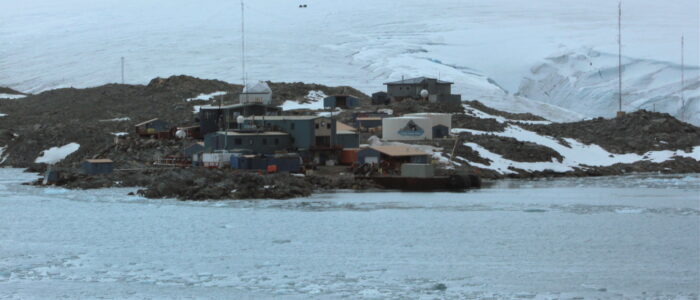
Seasonal sea ice-influenced marine ecosystems at both poles are regions of high productivity concentrated in space and time by local, regional, and remote physical forcing. These polar ecosystems are among the most rapidly changing on Earth. The PALmer (PAL) LTER seeks to build on three decades of long-term research along the western side of the Antarctic Peninsula (WAP) to gain new mechanistic and predictive understanding of ecosystem changes in response to disturbances spanning long-term, decadal, and higher-frequency “pulse” changes driven by a range of processes, including natural climate variability, long-term climate warming, resiliency/recovery in the face of press versus pulse forcing, transformed spatial landscapes, and food-web alterations. We will contribute to fundamental understanding of population and biogeochemical responses for a marine ecosystem experiencing profound change.
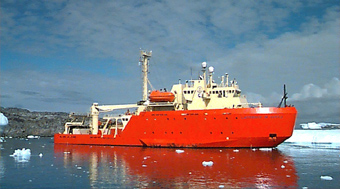
Our four multidisciplinary, but interrelated research themes that guide our proposed work:
A. Ecological responses to long-term “press-pulse” and a recent decadal reversal. How do long-term “press” (climate warming) and shorter “pulse”(large storms, extreme seasonal anomaly in sea ice cover) pressures interact to drive changes across the WAP food web? What is the resilience of the ecosystem in the face of rapid change followed by a recent reversal in sea-ice loss?
B. Vertical & alongshore connectivity processes for physics and biology. How do both alongshore and vertical mixing dynamics along the WAP interact to modulate the distribution and variability of physical properties and marine organisms? What patterns in organism abundance and distribution result from physical transport vs. local transformation?
C. Food webs and carbon cycling. How will changes in the structure of the WAP pelagic food web affect cycling and export of carbon? How do changes in energy storage in primary producers affect higher trophic levels?
D. Disturbance from storms as a control on ecosystem structure. How do storms drive the productivity, behavior, and recruitment across all trophic levels in the WAP? Will increasing storminess be a tipping point for seabirds and land-based seals?
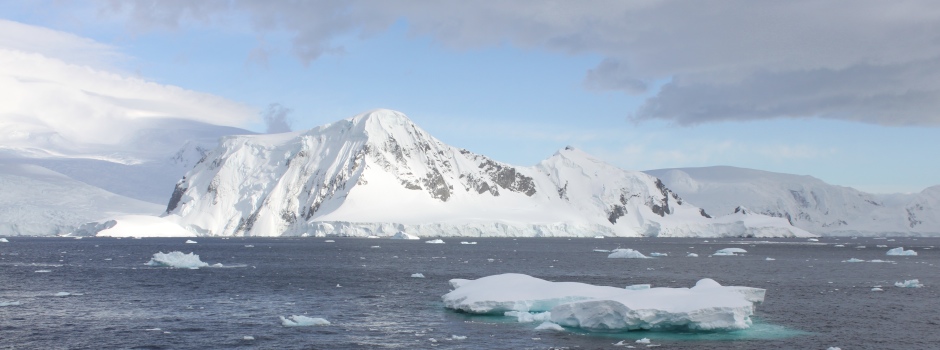
We will continue to address the influence of major natural climate modes (e.g., El Niño Southern Oscillation, Southern Annular Mode) that modulate variations in sea ice, weather, and oceanographic conditions to drive changes in ecosystem structure and function. Our sampling and analyses cover multiple time scales–from diel, seasonal, interannual, to decadal intervals, and space scales–from hemispheric to global scale investigated by remote sensing, the regional scale covered by an annual summer oceanographic cruise along the WAP, and the local scale accessed by daily to biweekly small boat sampling at Palmer Station. Autonomous vehicles, floats, moorings, and modeling enable us to expand and bridge time and space scales not covered by vessel-based sampling providing a seasonal to annual context. These observations are complemented with process studies that include manipulative experiments conducted on our annual research cruise and at Palmer Station.
Broader Impacts
We will continue to build on our 30-year database of observations of climate change and ecological transformation, widely recognized as an exemplar of these trends. PAL research is harnessed through an education and outreach program promoting the global significance of Antarctic science and research. Using the newly-developed Polar Literacy Principles as a foundation, we will maintain and expand our virtual schoolyard program via dissemination of new polar instructional materials and learning opportunities for K-12 educators to facilitate their professional development and curricula. We will leverage the development of Out of School Time materials for afterschool and summer camp programs, sharing Palmer LTER-specific teaching materials with University, Museum, and 4-H Special Interest Club partners.
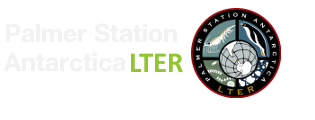
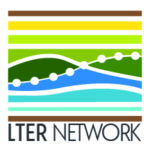
 This site was developed with the support of the National Science Foundation under Grant No. OPP-2224611 and OPP-2026045. Any opinions, findings, and conclusions or recommendations expressed in this material are those of the authors and do not necessarily reflect the views of the National Science Foundation.
This site was developed with the support of the National Science Foundation under Grant No. OPP-2224611 and OPP-2026045. Any opinions, findings, and conclusions or recommendations expressed in this material are those of the authors and do not necessarily reflect the views of the National Science Foundation.